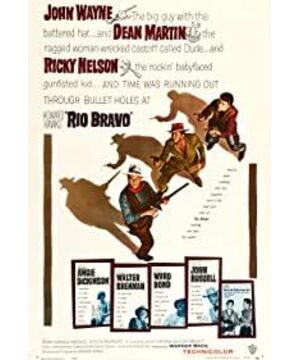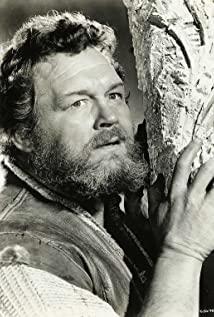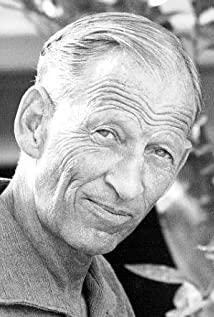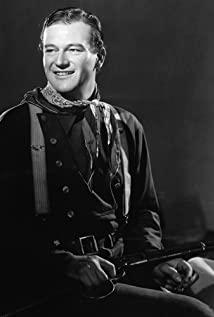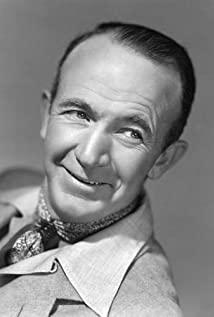Hawkes, who returned to the United States after many years of European travel, still remembers the desert that made him. With the support of the old team, "Slaying the Dragon with the Fear" became Hawkes' most proud work in his later years. In the opening of "Slaying the Dragon with the Red Courage" is the marching carriage team, this scene seems to announce the return of Hawkes. After leaving the United States for many years, Hawkes discovered that television had already occupied the position of mainstream entertainment media in the United States at that time (many actors in this film participated in television shows at that time). Hawkes also found that one of the major advantages of TV shows to attract audiences is the in-depth portrayal of the characters, and this is done through a lot of details. Hawkes therefore decided on the direction of the new work. He wanted unforgettable characters, not exciting plots. Facts have proved Hawkes' vision. "Slaying the Dragon with the Fear" was not only a great success at the time, but it has also been recognized as a classic of Western films.
In the two and a half hours of the film, the plot of the movie can be summarized in one sentence: Sheriff Chans and his partners (Deputy Sheriff Drunkard Dudd, Old Cripple Stepp, Young Colorado). The story of fighting against the criminals Joe and the gang, defeating their attacks, and finally winning. If there is something else, it is the love between Sheriff Chans and the wanted woman Mayfair. In Hawkes' view, five or six key scenes plus the final climax paragraphs, interspersed with some interesting and humorous dialogues can be regarded as a perfect movie. And "Slaying the Dragon with the Fear" is almost a propositional composition written by Hawkesby with his own definition. What's even more surprising is that the plot of "Slaying the Dragon with the Fear" all takes place in a western town, even within a few tens of meters from the hotel to the police station. Such simple stories and scenes turned into perfect art by Hawkes. After the space was reduced, Hawkes finally had the opportunity to show the "deep details" he hoped for. In terms of lens language, Hawkes has always been characterized by simplicity and directness. We rarely see photography techniques such as high, low angle, and depth of field lenses in Hawks’ films. Hawks’ films are almost always Using a parallel perspective, the camera always appears in the right place at the right time. Hawkes, who is an engineering background, carefully designed every lens like an engineer. In the final climax of "Slaying the Dragon", Hawkes also produced detailed drawings to guide the actor's position. For Hollywood, Hawkes is the real master. He successfully hides the camera and brings the audience into the scene he designed.
Throughout Hawkes’ films, they repeat the same theme without exception, that is, how a man can take on the responsibilities given by his work, in another work "Red River" in collaboration with John Wayne. , Wayne is desperate for his career, and can even abandon love and become an enemy of his adopted son. Hawkes has always adhered to this theme, and it has nothing to do with his personal relationship with Hemingway (Hawks has a good relationship with another American Nobel Prize winner William Faulkner, and Faulkner also served as Hawker. Si wrote the movie script). In Hemingway's works, the growth of men has a lot to do with their recognition of their own responsibilities. These confused men will find meaning in the confrontation with difficulties and pain. "Slaying the Dragon with the Fear" can be said to perfectly embodies this point. As the protagonist, John Chans is brave and persevering. He plays a core and leading role in the four-person team. He is the representative of the ideal male in the Hawks Western world, while Dudd is different. Du De is the most profound and complex character in "Slaying the Dragon with the Fear". In the first paragraph after the opening of the film, there is no dialogue for 5 minutes. The alcoholic Du De went into the bar. He was penniless. In order to humiliate him, Joe threw the money into the spittoon. Du De lost his dignity. He even knelt down and tried to check the money in the spittoon (a rare low Angle shot), Chans appeared at this time, and the audience saw him for the first time through Du De's perspective (another rare shot from upside down) who was kneeling on the ground.
Dude’s fall is an important plot setting in the film. The audience will look forward to the return of his masculine spirit. For Dude, he participated in almost all important scenes in the film. The theme emphasized in this film, since Hawkes’ creative idea is to create “profound characters”, Dudd’s transformation has become a special book for Hawkes. Hawkes' "five or six key scenes" also mostly serve this main line. Du De's return can be divided into the stages of "degenerate-rebuilding confidence-perplexity-return", corresponding to the four classic clips of the film. The first "fall" was the scene in the bar before. "Heavy Tree Confidence" patrolled at midnight and killed the assassin. In this scene, we can see the display of obvious film skills that are rare in Hawks movies: the horizontal scene of Dudd in the bar when facing evil forces (the crowded bandits and the lonely Dudd) , The subjective lens of the murderer (a overhead shot from the ceiling) and a close-up of the wonderful details (the murderer’s blood dripping into the wine glass). "Confusion" is that Du De was trapped by the past again. He was negligent when on duty and almost caused a big mistake. Therefore, at the beginning of the article, Changs questioned him. , Hawks cleverly used the dislocation of time and space to design actions). The "return" drama is even more classic. When Du De gave himself up and was about to drink again, the music outside the house sounded. He heard the music and remembered his purpose of coming here (recognizing the meaning of responsibility), and then he slowed down again. Slowly pour the wine in the glass back into the bottle. This section is another perfect display of Hawkes' "details first", simple but touching. There is another detail that accompanies Dudd's psychological transformation in the film, which is the plot of cigarettes. In the beginning, Du De just smoked cigarettes rolled by his peers, never rolled himself (lack of responsibility), and in the middle of the time, he failed when he tried cigarettes by himself.
Hawkes once said that the creation of "Slaying the Dragon with the Fear" originated from his dissatisfaction with some popular Western films at the time. The representative of this is Kinniman's "Noon". One of the main reasons why Hawkes is dissatisfied with this movie is that the Sheriff Kane, played by Gary Cooper, turned helplessly to others when faced with the attack of the gangster. This is inexcusable to Hawkes. . The sheriff himself must assume the responsibility of protecting the safety of the residents in the town. Weakness and fear are the signs of the hero's decline. It can be seen that Du De's return is definitely the inevitable development of the film's plot. The old lame Stepp is another unforgettable image in the film. He is only responsible for guarding Joe at the police station. There are few action scenes, but it is precisely because of his existence that makes the non-action part of "Slaying the Dragon" Almost as interesting as a sitcom, the image of Stepp’s poisonous tongue makes every audience unforgettable, which can be called the biggest highlight of the script. And the character setting of the young man Colorado can be seen as Hawkes's look back on his creative career. Colorado is young and capable. He wants to prove himself in front of the older generation. This is very similar to Montgomery Kraft in "Red River" in 1948. In Hawkes's opinion, this transmission of responsibility is necessary for men to grow up. Through the path, it is a life lesson to understand the parents. Another look back is the portrayal of Mayfair, the only female character in the film. This independent, beautiful woman ("I never regretted what I did") is very different from the vulnerable female image in previous Westerns who needed male protection (Maybe even saved Chans' life). This kind of woman is also very similar to the heroine played by Lauren Bacall in Hawkes' "Escape" (the scenes of Chans and May in the hotel corridor in the movie are also similar to those in "Escape"), In a love relationship, they are also a more direct party (the men in Hawkes movies never take the initiative to confess). In the film, Mayfair also took the initiative to kiss Chans. Although Hawkes' films are still a male world after all, and female characters often have moral flaws (thief, wanted criminal), Hawkes can still transcend the limitations of contemporary creation and create a more unique female image.
"Battle with the Dragon" is not only a great western movie, it is also a great American movie. Perhaps it is difficult for modern audiences to understand why this work with a lack of action scenes and an overly simple plot is still radiant after the baptism of time, but like many great artworks, "Slaying the Dragon with the Fear" uses a simple style, In the end, profound themes are created. It is these themes that connect our different time and space. They are about the dignity of men and the love of freedom.
View more about Rio Bravo reviews


